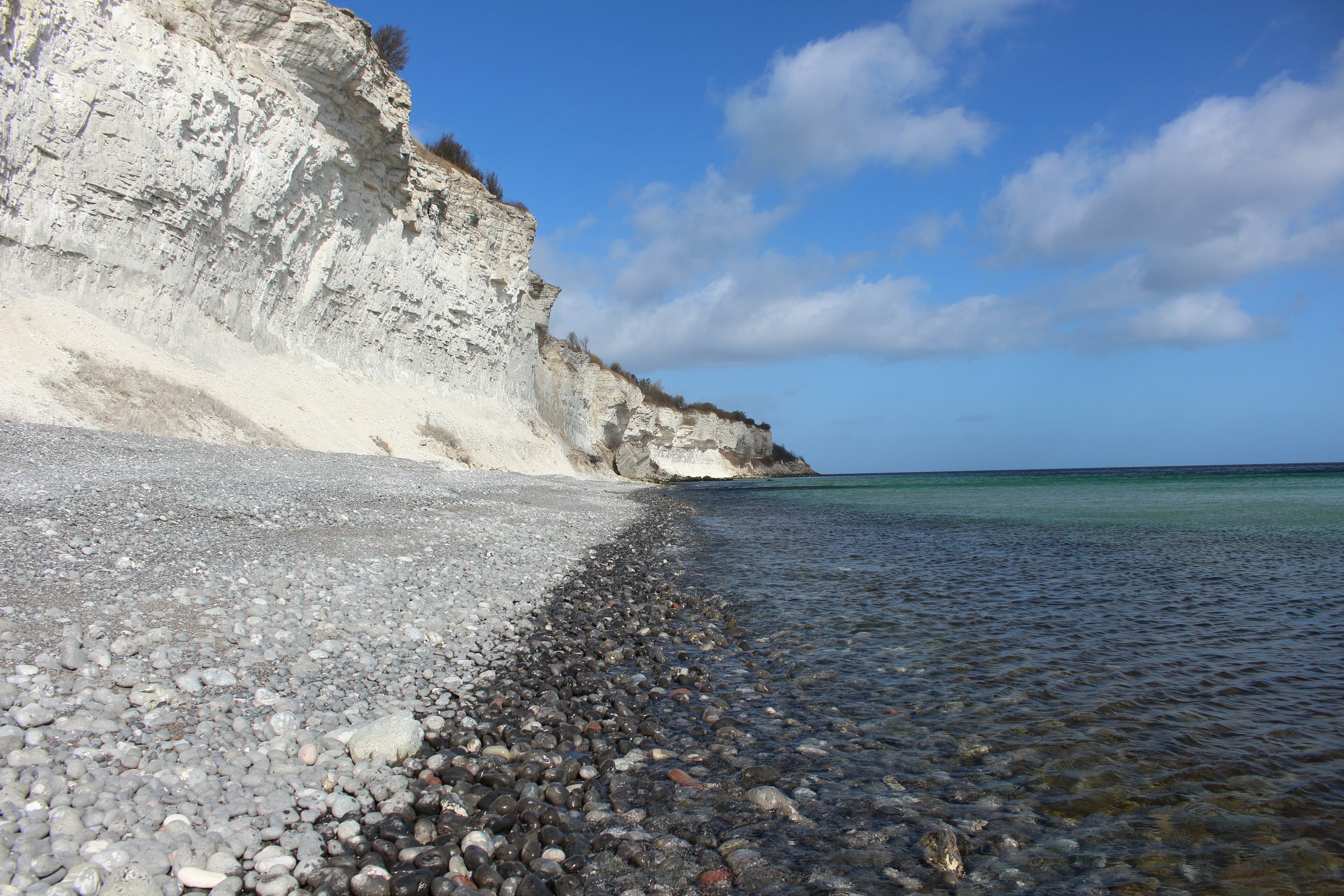Universitetsavisen
Nørregade 10
1165 København K
Tlf: 21 17 95 65 (man-fre kl. 9-15)
E-mail: uni-avis@adm.ku.dk
PhD thesis defense
PhD thesis defense — Janina Kammann on 5 NOV
Date & Time:
Place:
Auditorium C, Department of Geosciences and Natural Resource Management, Øster Voldgade 10, 1350 Kbh K
Hosted by:
Geology Section, Department of Geosciences and Natural Resource Management (IGN)
Cost:
Free
Janina Kammann defends her thesis,
P- and SH-wave seismic imaging of the Chalk Group.
Aspects of Acquisition and Interpretation.
Supervisor:
Professor Lars Nielsen, IGN
Assessment Committee:
Professor Charlotte Krawczyk, GFZ German Research Center for Geosciences, Potsdam – Germany
Senior Research Scientist Cédric Schmelzbach, Eidgenössische Technische Hochschule, Zürich – Switzerland
Associate Professor Giampiero Iaffaldano (chair), IGN
Summary:
In this PhD study two types of elastic waves (P- and S-waves) were used to image chalk at the Stevns peninsula. The principles of the method are comparable with ultrasonic images done for medical purposes, but at larger scales. The aim of the thesis is in depth understanding on controlling mechanisms of the physical parameter of the chalk on seismic imaging and to establish a link of porosity to wave speed ratios. Two datasets were collected along a 450 m long profile parallel to the cliffs of Stevns Klint. Due to different controlling factors of P- and S-wave propagation, the combination of both methods enables imaging at two different scales, and to identify changes in rock physical parameters in the Chalk. A close tie to a borehole provides control on lithological and facies changes with depth. The comparison with the P-wave seismic data shows reflectivity strength and continuity depends on clay content, but not on the presence of flint bands. The S-wave data resolve the upper 200 m in more detail and image faults and near surface layering in higher resolution. Velocity ratios show a positive correlation with porosities from borehole data.
In areas where the chalk is near the surface, certain seismic sources suffer from unusually high S-wave energy and surface waves. Contrary to this observation, impulse source surveys and S-wave surveys do not suffer from unusually high noise. By forward modeling of the wavefield it is shown that a combination of near-surface heterogeneity and high Poisson’s ratios is the cause for this observation.
The thesis is available for inspection at the PhD administration office at Rolighedsvej 23
